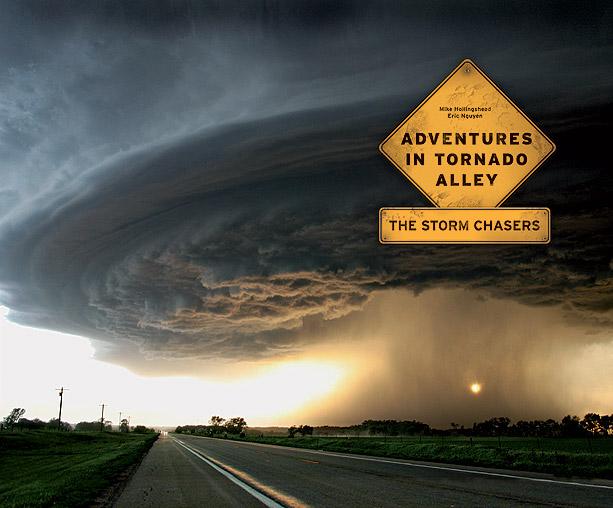Tornadoes and the New Abnormal Weather Pattern
 The devastating killer tornadoes that hit Oklahoma Monday have again brought up the question of whether this is related to the larger “weird weather” or changing climate, with various spins in the media depending on the way the question is framed.
The devastating killer tornadoes that hit Oklahoma Monday have again brought up the question of whether this is related to the larger “weird weather” or changing climate, with various spins in the media depending on the way the question is framed.
Looking at the big picture, it is part of what I call the “New Abnormal.” While it can be seen as part of climate change and global warming, it might be seen as evidence of “climate destabilization” as I mentioned in a previous post.
We have come to expect weather patterns as normal over the recent centuries. That applies to the obvious seasons of winter, summer, spring, and fall. It also applies to the months of hurricane season, the patterns of “April showers bring May flowers” and all the predictable calendar patterns of weather. That was the “normal.”
To understand why the “New Abnormal” is replacing those patterns that we have come to
expect, it is helpful to step back and realize what drives weather patterns. Fundamentally it is changes in solar heat during the year as the Earth’s orbit changes our heat energy by tiny amounts. Within the annual weather patterns there are complexities of air masses, differences of heat and pressure effects from the spin of the Earth, different heat reflectance by land and sea, clouds, and the forces conveyed by ocean and atmospheric currents. They are all “in a state of flux” to use a benign term.
Incorrect predictions for ocean temperature phenomena such as El Nino and La Nina are becoming routine. They are behaving strangely which is what one would expect as the ocean is warming, but with its complex deep layers and current. The Gulf Stream in the Atlantic is showing signs of slowing as well as shifting location. The high altitude jet stream of cold air across North America also is not behaving “as it should” more and more frequently.
All of these heat and pressure forces are what drive our weather PATTERNS — the usual expectations that average citizens, farmers, and industry have come to expect for centuries. Why are they becoming unusual? The biggest single factor is that the oceans are warmer than they have been in centuries, if not thousands of years — approximately eight tenths of a degree C (one and a half degrees F) over the last century. That extra heat is HUGE. You can imagine the amount of heat required to warm the ocean one degree.
As the oceans warm, weather patterns will change. Heat and moisture are the driving force of hurricanes and tornadoes. We are now in an era of climate destabilization. We should get used to it. It will be very disruptive. But it is what is on the horizon. We need to try to diminish our expectation of usual weather patterns. Easier said than done. Welcome to the new abnormal.
